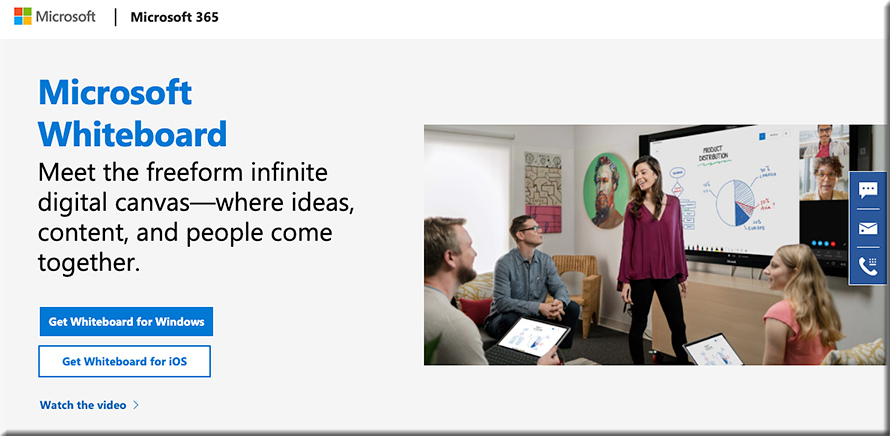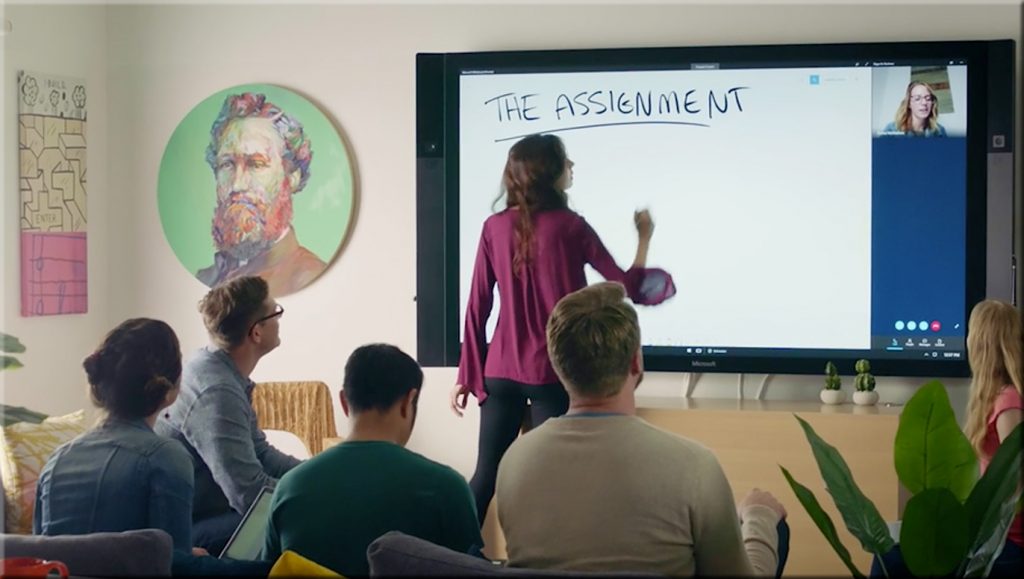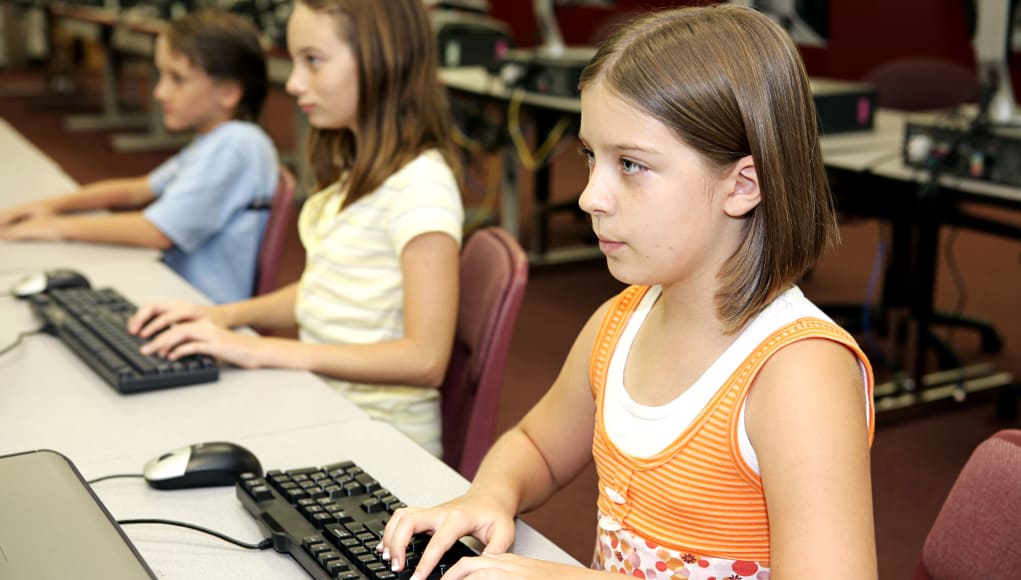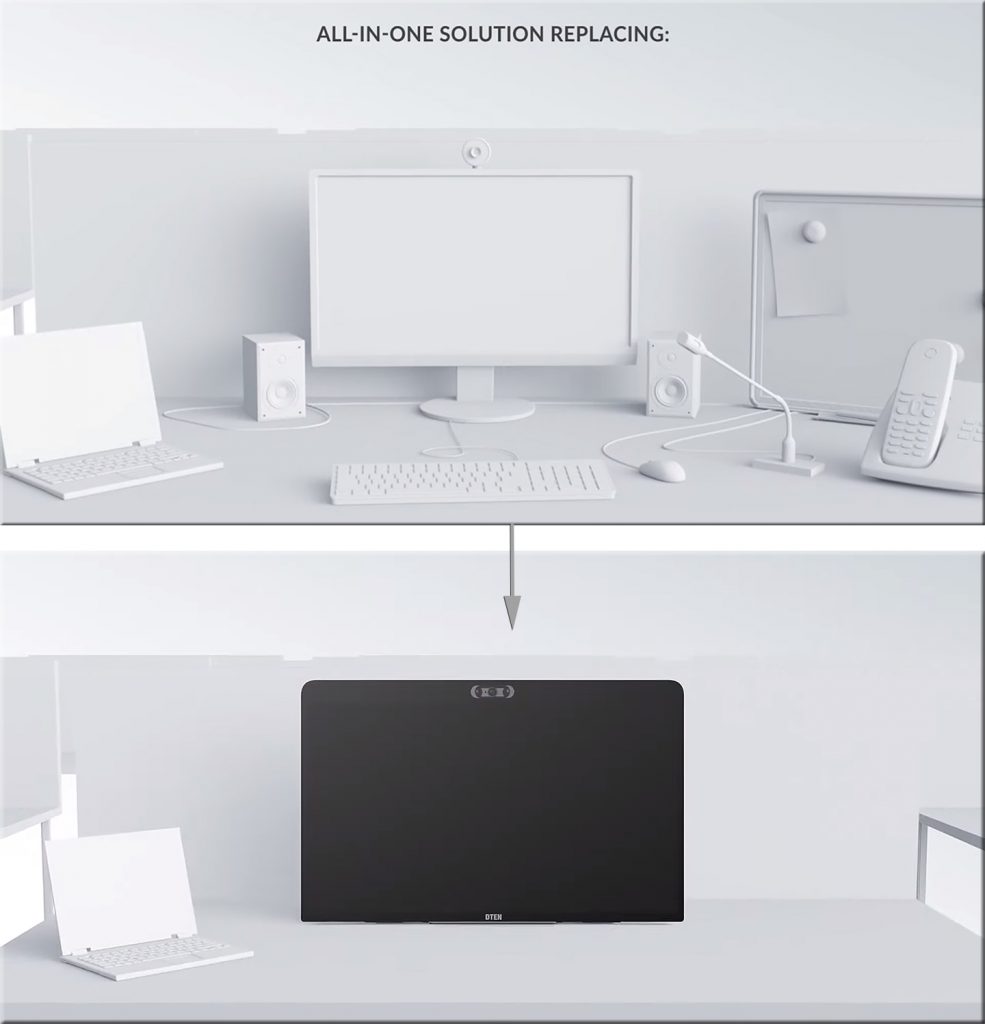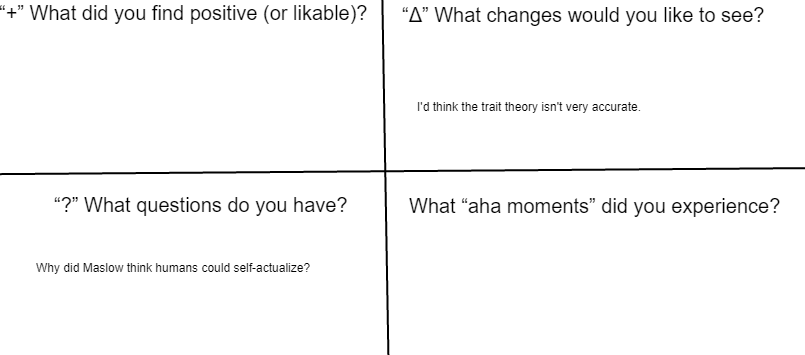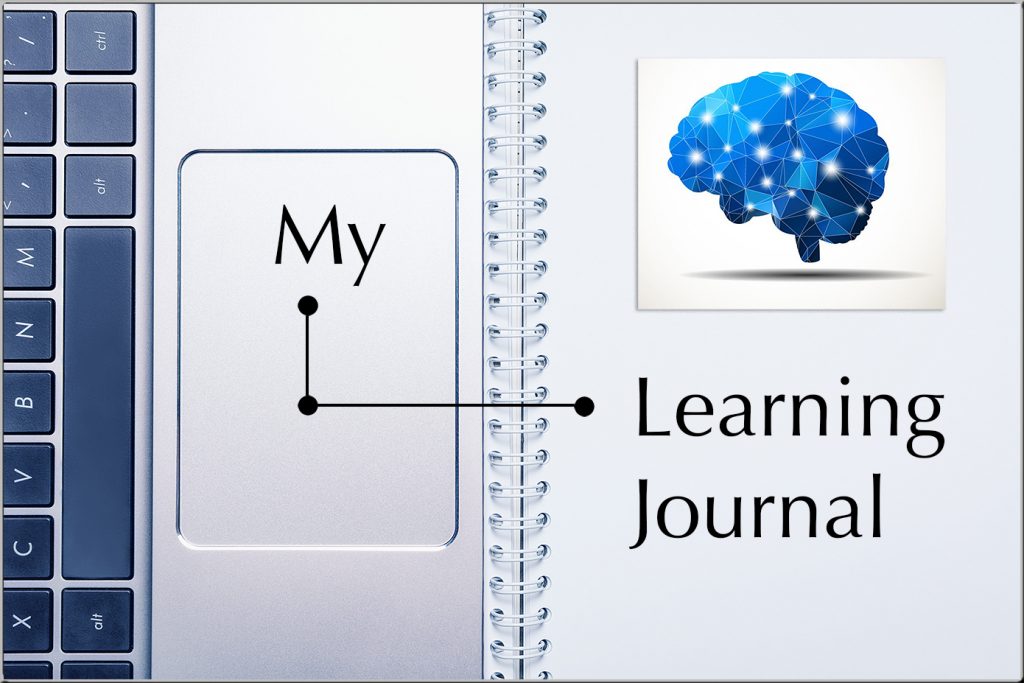James Lang’s Distracted: Why Students Can’t Focus and What You Can Do About It — from tophat.com by Harleen Dhami
Navigating distraction in the virtual classroom starts with curating novel, community-oriented learning activities
Excerpt:
You suggest that how instructors teach is often at odds with how students learn. What’s the disconnect here?
The disconnect is taking for granted that students should pay attention. What we need to think about is how we structure the class in a way that sustains someone’s attention through an extended period of time. We need to think like playwrights. What do they do to maintain attention? They have acts and scenes, there’s an intermission, the action rises and falls. At the beginning of a play, something happens that is designed to intrigue you and get you engaged in the story. I argue in the book that we have to think both like a playwright and like a poet. You have to think like a playwright in terms of the structure. You have to think like a poet in terms of “what’s going to reawaken the attention of my students,” or awaken the attention of my students to this particular content for the day.












